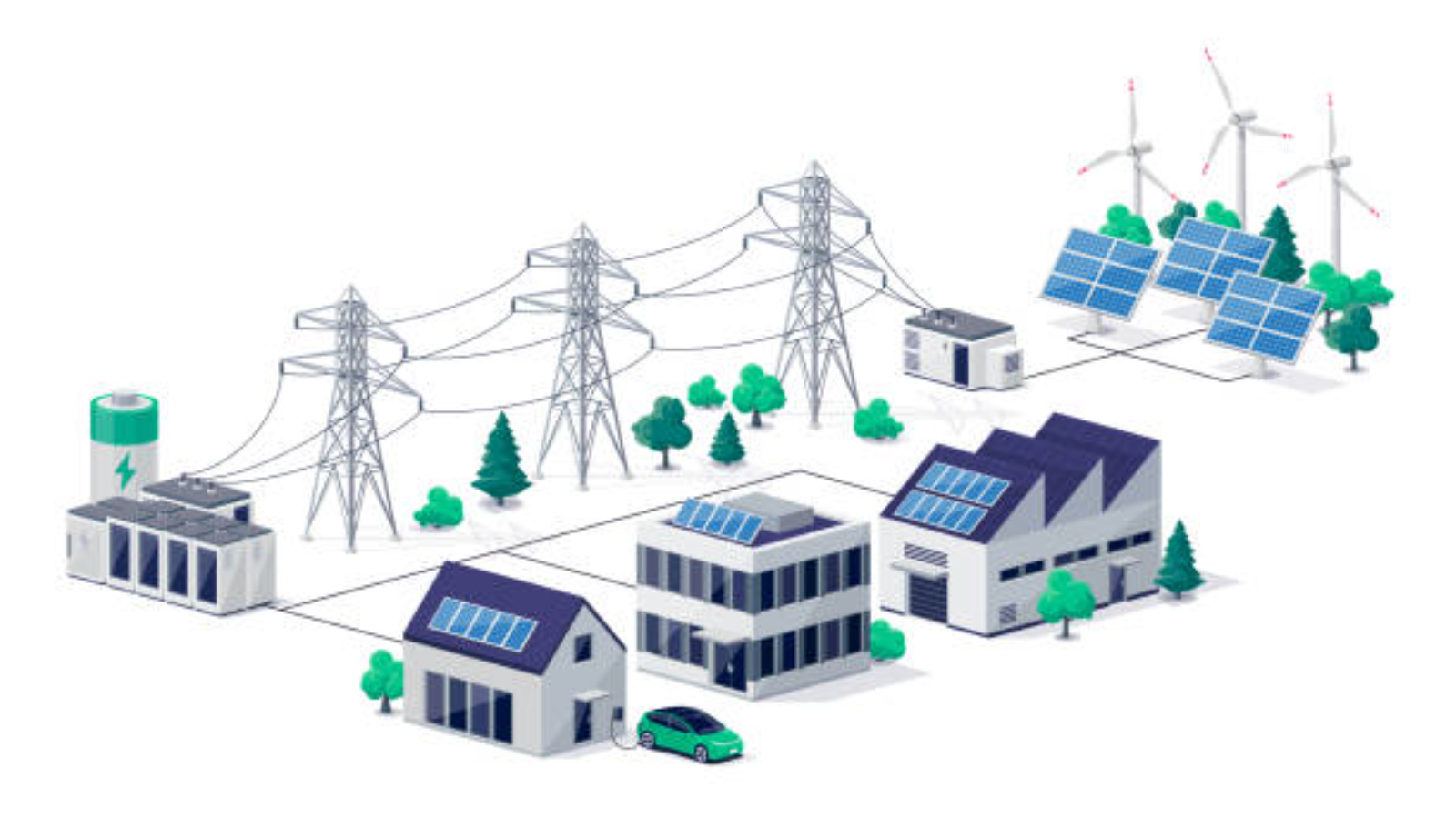In this Article
Introduction
As urbanization continues to reshape the world, the concept of a “smart city” has emerged as a transformative approach to modern urban living. But what do we mean by a smart city? At its essence, a smart city utilizes advanced technologies and data analytics to enhance the quality of life for its residents, optimize urban services, and promote sustainable development.
This article aims to provide a detailed overview of the key components that define a smart city, offering insights into how these elements collectively contribute to a more efficient and livable urban environment.
What Do You Mean by Smart City? Overview
A smart city leverages digital technologies to enhance the quality of life, and the efficiency of urban operations, and services. Let’s explore how it integrates data and communication technologies to manage assets and resources efficiently, fostering sustainability and economic development while improving citizen welfare through accessible services and transparent governance.
1. Digital Connectivity
Digital connectivity forms the backbone of a smart city, enabling seamless communication and integration of various urban systems.
- High-Speed Internet: Reliable and high-speed internet connectivity is crucial for a smart city’s infrastructure. It supports the functioning of IoT devices, facilitates real-time data transfer, and ensures that residents have access to digital services.
- 5G Networks: The deployment of 5G technology significantly enhances the capabilities of smart cities. With its low latency and high bandwidth, 5G enables faster and more efficient communication between devices, supporting applications such as autonomous vehicles and remote healthcare.
- Public Wi-Fi: Providing widespread public Wi-Fi access ensures that all residents can benefit from digital services, regardless of their economic status. This inclusivity is essential for bridging the digital divide and fostering a connected community.
2. Smart Governance
Effective governance in smart cities uses technology and data to enhance decision-making and improve public services.
- E-Government Services: Digital platforms for government services streamline administrative processes, making it easier for residents to access information, pay bills, and interact with government officials. This not only enhances efficiency but also increases transparency and accountability.
- Data-Driven Policy Making: By leveraging data analytics, city governments can make evidence-based decisions that address the needs and preferences of their residents. This approach helps in optimizing resource allocation, identifying emerging issues, and implementing targeted interventions.
- Citizen Participation: Smart governance encourages active participation from residents through digital platforms that facilitate feedback, suggestions, and collaboration. This participatory approach ensures that the community’s voice is heard and considered in decision-making processes.
3. Innovative Mobility Solutions
- Integrated Public Transit Systems: Smart cities integrate various modes of public transportation, such as buses, trains, and bikes, into a cohesive network. Real-time information on schedules, routes, and availability helps residents make informed travel choices and reduces wait times.
- Electric and Autonomous Vehicles: The adoption of electric vehicles (EVs) and autonomous vehicles (AVs) is gaining momentum in smart cities. EVs contribute to reduced emissions and improved air quality, while AVs enhance safety and reduce traffic congestion through advanced navigation systems.
- Mobility-as-a-Service (MaaS): MaaS platforms offer a unified interface for planning, booking, and paying for multiple modes of transportation. This seamless integration of services simplifies the travel experience and encourages the use of public transit over private vehicles.
4. Efficient Resource Management
- Smart Water Management: IoT sensors and data analytics are used to monitor water quality, detect leaks, and manage water distribution systems. These technologies help in conserving water, reducing losses, and ensuring a reliable supply for residents.
- Energy Efficiency: Smart cities implement energy-efficient solutions such as smart grids, energy management systems, and renewable energy sources. These measures reduce energy consumption, lower costs, and contribute to environmental sustainability.
- Waste Management: Innovative waste management solutions, such as smart bins and automated waste collection systems, enhance the efficiency of waste disposal and recycling processes. These technologies help minimize waste generation and promote a cleaner urban environment.
Conclusion
In conclusion, a smart city is an urban area that leverages digital connectivity, smart governance, innovative mobility solutions, and efficient resource management to create a more livable and sustainable environment for its residents. By integrating these key components, smart cities can address the challenges of urbanization, enhance the quality of life, and promote sustainable development. As we continue to explore and implement these concepts, the potential for smart cities to transform urban living is immense.
How Can We Help?
At AlphaX, we understand the complexities and challenges associated with developing and managing smart cities. Our platform offers solutions for digital connectivity, smart governance, mobility, and resource management, empowering thriving smart cities.
To learn more about how AlphaX can support your smart city initiatives, visit our contact page.
References
Related Blog Posts
How Smart Cities Connect: Getting Started with Edge AI and IoT Technology
How to Get Started with Edge AI and IoT Technologies in Smart Cities: Overcoming Integration Challenges In recent years, the concept of smart cities has evolved from a futuristic Read More
5 Step Strategy: Ensuring Security and Privacy in 15-Minute Smart Cities
Introduction Ensuring security and privacy in 15-minute smart cities is a critical challenge as urban areas become increasingly connected through IoT and edge AI technologies. These cities aim to Read More
What is a smart city and the challenge of legacy systems
How to Get Started with Integrating Legacy Systems in Smart Cities Smart cities are transforming urban landscapes by leveraging technology to improve the quality of life for residents. However, Read More




